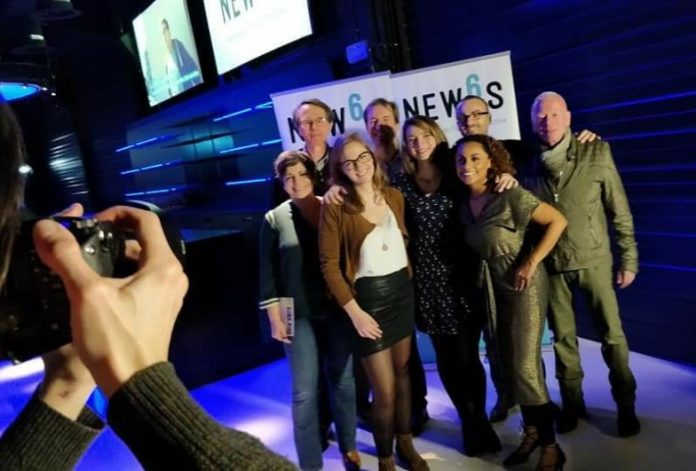Radio, the most widely consumed medium at the global level, is a powerful tool to reach mass audiences. To mark World Radio Day 2020 on February 13, UNESCO is calling on radio stations to uphold diversity, both in the newsroom and on the airwaves.
Diversity is at the heart of the work of Yasmine Boudaka, coordinator at New6s, a Belgian not-for-profit which raises awareness among media professionals about constructive journalism.
The association wants to encourage a different approach to journalism, by integrating a variety of perspectives and a more positive outlook, as well as offering potential solutions.
“The media landscape is facing several storms – the public is saturated with anxiety-inducing information and there’s an acute crisis of confidence with journalists, a profession which is disliked and badly treated. The entire ecosystem is under pressure,” Boudaka told UNRIC.

5 W’s in Journalism
To the five Ws in journalism (Who, What, Where, When and Why), they’ve added a sixth: What do we do now?
“We want to offer a more balanced vision of the world around us and reestablish trust between the public and media, and give meaning back to the profession of journalism,” Boudaka said.
How do they go about this? Some of their methods include regular meet and greets, whereby representatives from all types of media meet for discussions with experts. They launched ‘Constructive News’ week, a yearly event which brings together editorial staff with a view to encouraging them to integrate constructive journalism in their daily work. New6s also awards an annual prize for constructive journalism.
In 2019, the student winner of the prize was a report showcasing an initiative to collect cigarette butts on the streets of Brussels. In the professional category, three journalists at broadcaster RTBF won the prize for their individual reports on a teacher, nurse and gardener in Belgium who all gave something extra to their profession.
Similar initiatives exist across the world, and New6s have links to the Solutions Journalism Network; Reporters of Hope in France as well as the Constructive Institute in Denmark.
Diversity at its core
As well as promoting a more varied type of content, diversity is at the heart of New6s, with full gender balance in their staff, most of whom are volunteers and aged between 26 to 67 with a wide range of professional and personal experiences.
For Boudaka, as a former journalist with over 15 years’ experience in radio, this medium remains her favourite. “It tells and describes, rather than shows. Without an image, you can focus better on the words,” she said, before concluding that “Media are the prism through which people grasp the world around them. They allow us to understand society through the information they deal with. Their role is essential, but the reality is complex.”

